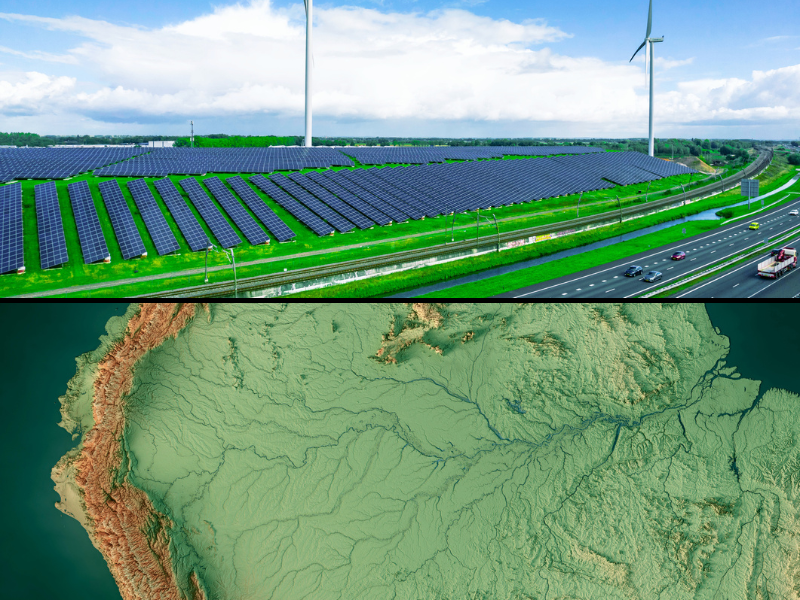U.S. oil and natural gas production has skyrocketed in recent years thanks to hydraulic fracturing, a technology that allows engineers to access deep-underground resources from rock formations once too expensive to develop. This technology has made the United States the largest producer of natural gas in the world and on track to surpass Saudi Arabia as the leading producer of oil by 2015. The entire U.S. public benefits from this inexpensive domestic source of fuel.
The United States been able to capitalize on this new technology thanks in large part to technology and geology, but one of the most important (and often overlooked) reasons is private property rights. Unlike most places around the world, landowners in the United States can own the rights to the minerals underneath the surface of their land. In most other countries, these minerals are owned by the government.
Private land ownership is the key reason U.S. oil and gas production have reached multi-decade highs, as production on private land has increased 61 percent since 2009. In contrast, oil and gas production on federal lands has fallen by 6 percent. In America, everyday citizens with natural resources under their land can lease the rights to develop these resources to energy companies, in many cases for thousands of dollars an acre for the initial lease plus a royalty rate for a percentage of the revenue made from extracting the resources.
The payments incentivize landowners to allow companies to develop the resources we all depend on. The attachment these landowners feel toward their property gives them a vested interest in making sure companies complete the process in a safe and environmentally responsible way and reclaim the land when they are done extracting the resource. Payments from leases and royalties are quickly turned into new siding on houses, more fruits and vegetables on the kitchen table, and college funds for kids and grandkids.
Although many people are happy to lease their mineral rights in exchange for lease payments and royalties, other people, for whatever reasons, may not want oil and gas drilling on their property. Unfortunately, some states subject these property owners to what is called unitization, forcing “holdout” landowners to become part of a drilling unit in order to facilitate extraction. Multiple states have laws that essentially act as a private form of eminent domain, with requirements for minimum parcel and acreage size varying from state to state. Although landowners are compensated for the minerals removed from their land, oil and gas drilling, like all commerce, should be voluntary, not compulsory.
Many state and local governments go to the other extreme, refusing to allow landowners to extract the minerals on their property. This holds entire regions hostage to government overreach. It’s one thing to live in a dying town hoping for something to light a spark to revitalize the area; it’s quite another to have that spark sitting thousands of feet below you but be denied the opportunity to use it by people who live hundreds of miles away and have probably never even been to your town.
That is happening right now in upstate New York, where economic revitalization has been put on hold for six years due to a statewide moratorium on hydraulic fracturing pressed largely by environmental activists from the New York City area. The Joint Landowners Coalition of New York, a group of 70,000 people, is suing the state of New York to essentially lift the moratorium and restore their property rights, which would open the way for prosperity.
These are complex issues and they require well-thought-out solutions. Reaffirming the rights of individuals to their property would benefit everybody, not just those whose rights are currently being denied.
Isaac Orr ([email protected]) is a research fellow of The Heartland Institute and enjoys dated references to old movies.





